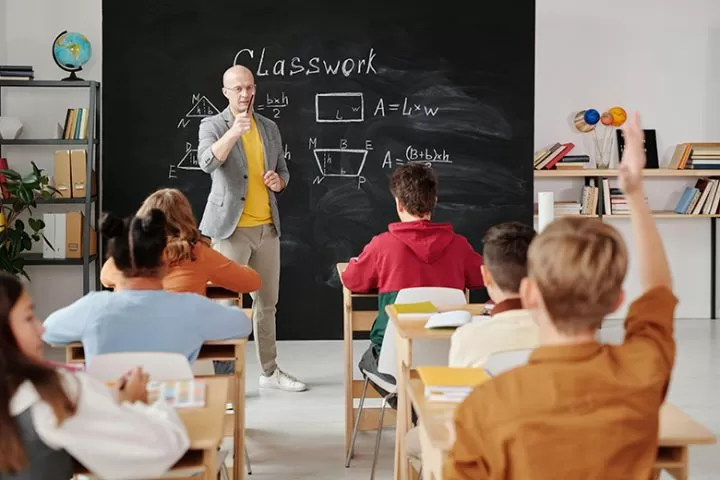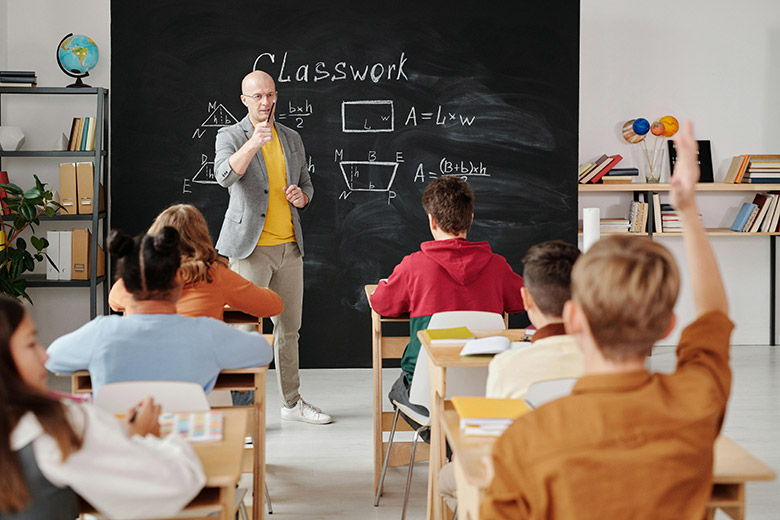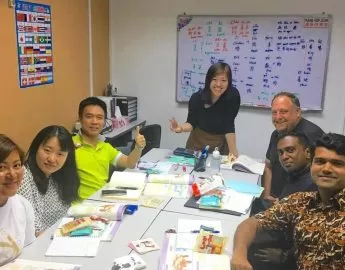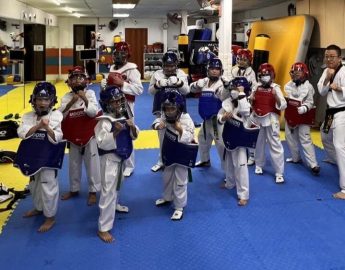American international schools cater to families who want to provide their children with American education despite living outside the US. To meet the needs of the members of their multicultural academic community, many of these schools have been quite welcoming of innovative learning approaches. As a parent seeking the best education for your children, it’s essential to understand some of the most common learning approaches employed by international schools. Doing so will help you determine how the schools that offer American curriculum in Singapore will be able to prepare your child for success in a globalized world. Here are a few of the learning approaches with which you should be acquainted.
1. Inquiry-Based Learning
Inquiry-based learning empowers students to become active learners through exploration, investigation, and discovery. Teachers facilitate this learning approach in the classroom by posing thought-provoking questions and providing opportunities for hands-on experimentation. They also encourage students to delve deep into their topics of interest. Engaging in inquiry-based learning experiences gives students the chance to develop essential skills such as critical thinking, problem-solving, and information literacy.
This approach to learning lies at the heart of the educational philosophy in American international schools. It also aligns seamlessly with the International Baccalaureate (IB) Programmes’s practice of encouraging students to inquire into real-world issues and develop a deeper understanding of global challenges. By fostering curiosity, creativity, and independent thinking, inquiry-based learning prepares students to thrive in an ever-changing world where adaptability and lifelong learning are key.
2. Project-Based Learning
Project-based learning offers students the opportunity to tackle real-world problems and engage in meaningful, hands-on projects that promote a deeper engagement with the lesson and application of concepts. This learning approach is a cornerstone of the curriculum used in many American international schools. Through interdisciplinary projects, international school students can explore complex issues, conduct research, and develop solutions that address authentic challenges. Working collaboratively and applying their knowledge in context enables students to further develop critical thinking and problem-solving skills that are essential for success in the IB program and beyond.
3. Experiential Learning
Emphasizing hands-on, immersive experiences, experiential learning enables students to learn by doing. Experiential learning takes many forms in American international schools. These include field trips, service-learning programs, social programs, outdoor education, and practical activities. Such experiences provide students with opportunities to apply theoretical knowledge in real-world contexts. This, in turn, fosters a deeper understanding and appreciation of concepts and their application in real life.
By engaging in experiential learning and navigating authentic challenges that reflect their experiences, students can develop critical thinking, problem-solving, and interpersonal skills. Moreover, experiential learning aligns with international schools’ commitment to holistic education and the development of the whole child. This is because learning through experience helps prepare students to become active, engaged learners who are ready to make a positive impact in the world.
4. Collaborative Learning
Collaborative learning fosters a supportive and inclusive learning environment by promoting active engagement, communication, and teamwork among students. In American international schools, collaborative learning is integrated into the curriculum through group projects and peer-to-peer interactions. By working together to solve problems and share ideas, students develop essential social and emotional skills such as empathy, communication, and conflict resolution.
It also promotes intercultural understanding by empowering students to collaborate with peers from diverse cultural backgrounds. Such interactions can help them learn to respect and appreciate different perspectives and give them the means to thrive in multicultural environments and contribute positively to a global society.
5. Differentiated Instruction
Differentiated instruction recognizes that students have diverse learning needs and abilities, and it seeks to accommodate these differences through flexible teaching and learning strategies. In American international schools, differentiated instruction is tailored to meet the individual needs of each student, ensuring that all learners have access to meaningful and challenging learning experiences. Teachers use a variety of instructional methods, materials, and assessments to support diverse learners, such as by providing scaffolding, extensions, and alternative assignments as needed.
American international schools are also likely to offer Advanced Placement (AP) courses, which are rigorous high school courses first offered by the College Board in the United States. Covering a wide range of subjects, including mathematics, sciences, humanities, languages, and the arts, AP courses are designed to provide students with college-level academic content and skills, culminating in standardized exams.
6. Social-Emotional Learning (SEL)
Recognizing the importance of developing social and emotional skills, social-emotional learning approaches are used to support the student’s academic and personal growth. In American international schools, SEL is integrated into the curriculum through explicit instruction, classroom activities, and supportive school environments.
Through SEL, students learn to recognize and manage their emotions, build positive relationships, and make responsible decisions. By fostering social and emotional competencies, SEL promotes a positive school climate where students feel safe, supported, and connected to their peers and teachers. SEL also aligns with the IB Programme’s commitment to holistic education and the development of internationally-minded individuals. By nurturing students’ well-being and interpersonal skills, SEL prepares them to thrive academically, personally, and socially in a diverse and interconnected world.
7. Global Citizenship Education
Global citizenship education empowers students to understand, respect, and actively contribute to the world around them. This fosters a sense of belonging to a global community. In American international schools, global citizenship education is woven into the curriculum through inquiry-based learning, service projects, and cross-cultural experiences. Students in these academic institutions have plenty of opportunities to explore global issues, develop intercultural competence, and take action to address local and global challenges. Engaging with diverse perspectives and cultures allows students to develop empathy, respect, and a sense of responsibility towards others.
By embracing these diverse learning approaches, American international schools and IB schools create dynamic and enriching educational environments where students are empowered to thrive. These schools provide students with the knowledge, skills, and attitudes needed to succeed in a rapidly changing world while growing as responsible, compassionate, and globally-minded individuals.






















 10 Best Aircon Services in Singapore
10 Best Aircon Services in Singapore  Top 10 Trusted Maid Agencies in Singapore
Top 10 Trusted Maid Agencies in Singapore  The 7 Most Romantic Restaurants in Singapore
The 7 Most Romantic Restaurants in Singapore  5 Best Sofa Cleaning Services in Singapore
5 Best Sofa Cleaning Services in Singapore  10 Best House Movers in Singapore
10 Best House Movers in Singapore  10 Best House Cleaning Services in Singapore
10 Best House Cleaning Services in Singapore  Illuminate Spring with Blooms across Lendlease malls
Illuminate Spring with Blooms across Lendlease malls  2XU Compression Run 2025 Singapore
2XU Compression Run 2025 Singapore  Solo Travel and Mental Health: Discovering Wellness Through Independence and Adventure
Solo Travel and Mental Health: Discovering Wellness Through Independence and Adventure  5 Ways to Improve Your Business’s Energy Efficiency
5 Ways to Improve Your Business’s Energy Efficiency  7 Types of Smart Road Solutions That Help Improve Traffic Efficiency and Safety
7 Types of Smart Road Solutions That Help Improve Traffic Efficiency and Safety  7 Best Chilli Crab in Singapore to Die for
7 Best Chilli Crab in Singapore to Die for  7 Best Seafood Restaurants in Singapore to Drool over
7 Best Seafood Restaurants in Singapore to Drool over  The 5 Best Homemade Ice Cream in Singapore
The 5 Best Homemade Ice Cream in Singapore  5 Best Singapore Live Music Bars for a Great Night Out
5 Best Singapore Live Music Bars for a Great Night Out  5 Best Cinemas in Singapore for Blockbusters and More
5 Best Cinemas in Singapore for Blockbusters and More  The 5 Best Salsa Dance Clubs in Singapore
The 5 Best Salsa Dance Clubs in Singapore